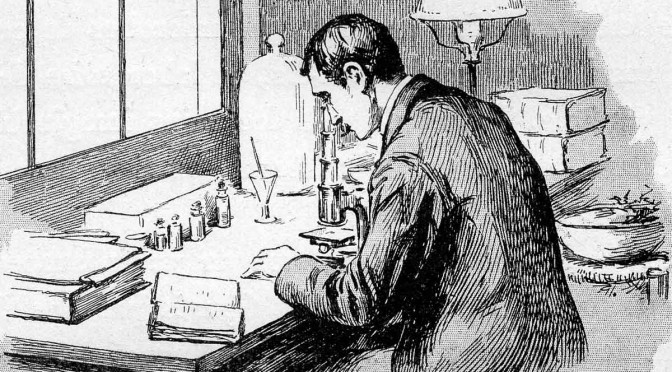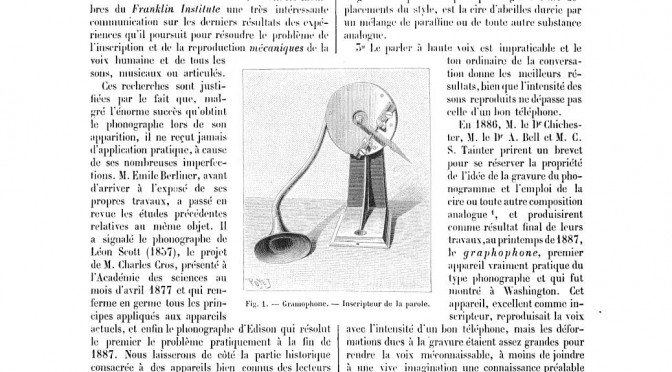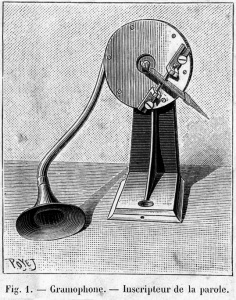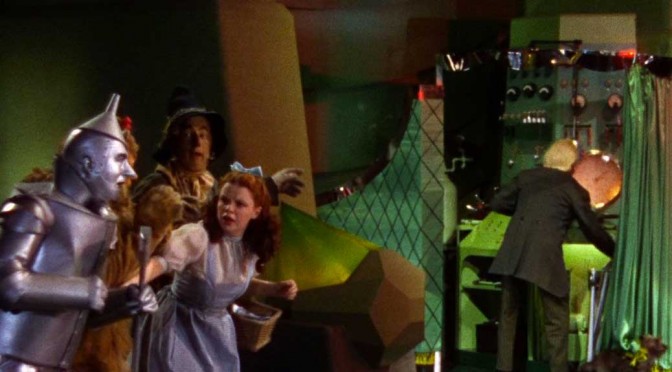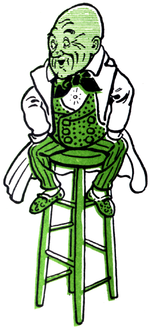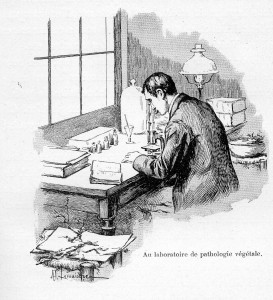
In the last blog post, I talked about how I carry around an audio recorder with me wherever I go. It’s a great way to capture melody ideas when I’m not near my main music computer. That being said, these song sketches pile up really, really quickly. If I didn’t have a system in place for organizing them, I’d have hundreds of audio files with cryptic names all over my desktop in no time. As promised, this week, I’m going to cover how I deal with this song ideas after I’ve recorded them.
As you’ve probably gleaned from this post’s title, once a week, I review all of the song ideas that have accumulated on my iPhone. I save the best ones in a catalog of song parts so that they can easily be assembled into full songs later.
Usually, I do this on my desktop computer and with an acoustic guitar within easy reach so that I can play with the ideas and come up with other related ideas before archiving them. The first step is to get all of the song pieces into a folder on my music computer. Next, I go through each of the files in the folder. For each piece, I follow these steps:
- Identify what it is — Is this a bridge, a chorus, a full song? Most often, ideas come to me in pieces although I do occasionally — in a moment of clarity — get lucky enough to write a full song in one sitting.
- Make a snap decision about it — Is this good enough to save? If I listen to an idea and it doesn’t do anything for me, I delete it immediately. There’s no point in wasting valuable time polishing something that doesn’t have any clear potential. Nothing feels better than deleting something sub-par–it reminds me that I am actually exerting some creative control over this process and that I’m not totally at the whim of my own inspiration.
- Usually, at this point, the files don’t have descriptive names. My next step is to name the file. This is usually based on whatever placeholder lyrics I happened to sing in in the original recording. I’ll usually start the file name with a letter and a number. The letter lets me know what type of song part I think this is: “B” for bridge; “C” for chorus; “V” for verse; “S” for full songs. I choose a number that’s one higher than the last one I used. Here’s an example: B017_you_you_took_me_by_surprise.mp3. From this file name I can tell you that: a) this is a bridge; b) it’s the 17th bridge; c) it contains the placeholder lyrics “You, you took me by surprise.”
- Sometimes, if the song is in a weird key that’s out of my range, I’ll figure out what would be the ideal key for the part is and re-record the song part at this point. I’ll also try to figure out the range of workable keys. Ultimately, there’s a high likelihood that I will need to change the key that a part is in order for it to work with other parts in a song. It’s useful to know how low or how high I can sing a part and still have it work.
- Next, I figure out the tempo of the part. I do this by tapping along to my demo using the “tap” functionality on my drum machine, but a website such as this works just as well. I also try to figure out the slowest and fast tempos for which the song part still works.
- The final step is by far the most important step. I enter the song piece into a list of song parts I keep. The list has a few columns. Here’s a sample row:
File Name Ideal Key Key Range Ideal Tempo Tempo Range Rating B017 you you took me by surprise.mp3 G# E-A 150 150-155 ☆☆☆☆ Here’s a quick rundown of the columns:
- File Name – Self-explanatory.
- Ideal Key – The key in which this part sounds best. In the example above, the part sounds best in the key of G#maj.
- Key Range – If the part’s key needs to be changed, how far up or down from the ideal key can it be transposed and still sound good? In the example above, the range is from Emaj up to the Amaj above it.
- Ideal Tempo – The tempo (in BPM) at which the part sounds best.
- Tempo Range – Similar to key range, if the part needed to be slowed down or sped up, how far can we push it and still have it sound good?
- Rating – A quality rating (1-5 where 5 = best) for the part. Generally anything less than a 3 stars won’t stay in my song parts list for long.
- Repeat until all of my songs parts are either cataloged or discarded.
That’s it! I do this every week. It usually takes me a half an hour or so for all of the parts. Periodically, I’ll go into the song pieces folder on my computer and try out different combinations. When I’ve used a part in one of my songs, I’ll put a (*) next to name of the part in the list so that I know not to reuse it elsewhere. Once I’ve got two or three parts that can be combined into a full song, I’ll record a quick acoustic demo of the pieces working together, and then get to work on actually recording the song in earnest.
Hope this helps!
–David Child
